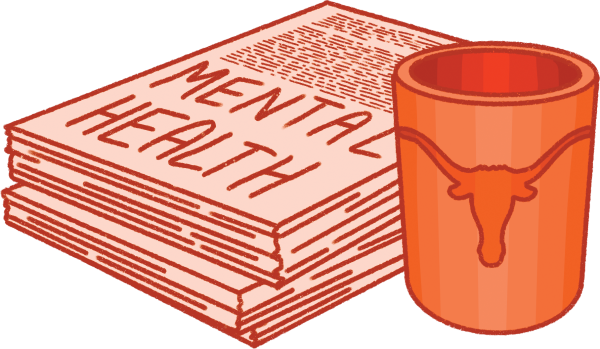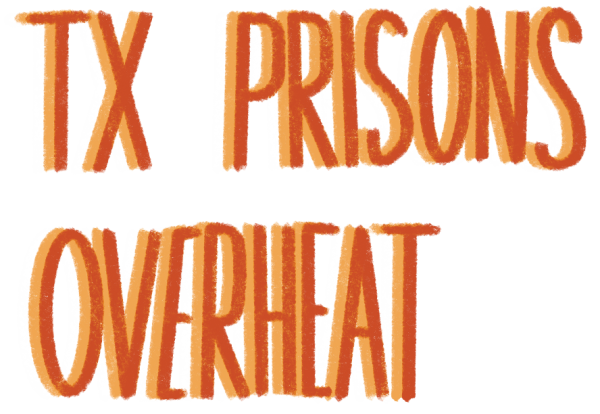Staff Stance: COVID Comes to Texas – Again: How Texas Fails to Protect Students and Teachers
October 15, 2021
On March 13, 2020, the Austin Independent School District (AISD) closed its schools temporarily to contain the spread of the COVID-19 virus. Less than a hundred cases had been identified in the United States, a mere scruple of the millions identified since then. On Aug. 17, 2021, most students set foot in physical classrooms for the first time in over a year. However, it was not business as usual.
Although the vaccine has been widely available since the beginning of the year, students are still required to wear masks and socially distance when possible. The district defied a state executive order prohibiting the requirement of face masks in public schools, with Superintendent Stephanie Elizalde stating, “I am responsible for the safety, the health and the welfare of each and every one of our students and our staff.” Despite lowering case numbers, hospitalizations, and deaths, now is no time to let down our guard against threats to student and staff health.
One of the most effective protectors against COVID-19 is the use of facemasks. Masks catch large respiratory droplets exhaled by wearers, preventing them from spreading through the air around them. This limits the likelihood of wearers spreading respiratory viruses including COVID-19.
Masks have been used to prevent disease since the early 20th century Manchurian Plague, and evidence suggests the use of rudimentary face coverings as far back as the Black Death. In addition to a history of mask usage, modern scientific data also supports their effectiveness.
According to the Mayo Clinic, the proper use of a cloth face mask can, along with regular hand-washing and social distancing, help slow or prevent the spread of COVID-19. A study conducted in Bangladesh by Innovations for Poverty Action and led by top American scientists found that the use of face masks could reduce symptomatic COVID-19 cases by 9%, with reason to believe they may be even more effective. Additional studies by the Centers for Disease Control (CDC) confirm the effectiveness of masks, including in reducing outbreaks in schools. Considering the minor inconvenience that wearing a mask poses, this evidence suggests that the proper course of action is to continue to require their use in Austin schools for the time being.The best long-term solution to the pandemic, though, is vaccination. At present, there are three approved COVID-19 vaccines in the United States, with all three being readily available to anyone who wants one. The most effective are the two-dose Pfizer and Moderna mRNA vaccines, with the one-dose Johnson and Johnson viral vector vaccine affording slightly less protection. However, all vaccines are monumentally helpful. A study from the New England Journal of Medicine found that both mRNA vaccines were effective in preventing health care workers from catching and spreading the virus, with Pfizer being 88.8% effective and Moderna 96.3% with full vaccination. These vaccines can not only prevent the spread of the disease, but can greatly reduce the severity of breakthrough cases. According to CDC research, full mRNA vaccination is 89% effective in preventing hospitalization among vaccinated COVID-19 patients, and 90% effective in preventing ICU admission. It is for this reason that AISD initiatives to help students and staff get vaccinated are so important in protecting their health.
Despite their great success, there are many who object to the vaccine. While it is easy to become divided into “us and them” and self-separate between vaccinated and unvaccinated, this will get us no closer to the end of the pandemic or to convincing those who have yet to be vaccinated to do so. It is important to recognize that there are, in fact, risks associated with the vaccine. For example, the Food and Drug Administration (FDA) requires a warning label on Pfizer and Moderna vaccines due to their connection with myocarditis and pericarditis, two types of inflammation of the heart.
While these concerns are valid, the risk of developing these side effects is extremely small; only 12.6 of every million people vaccinated will develop them. What’s more, almost all who did experience these symptoms made a full recovery aided by rest and medication. The FDA has also fully approved the Pfizer vaccine for widespread use. While all are entitled to make their own choices, it is important to distribute information that can dispel myths about the vaccine, as well as make vaccination easily available to AISD students and staff.
The State of Texas made no effort to implement measures to prevent the spread of the virus during the surge in fall of 2021, even as case numbers neared those seen at the height of the pandemic. While the seven-day average of new COVID-19 cases soared past 20,000 in September, Gov. Greg Abbott refused to implement mask mandates anywhere in the state. He even went so far as to issue an executive order barring cities and school districts from implementing such mandates, though the Texas Supreme Court has allowed some districts to do so. This kind of reckless behavior endangers Texans, and attempts to prevent school districts like Austin from protecting the health and safety of students and staff.
Despite obstacles from the state and the prevalence of misinformation, AISD must continue to implement sensible safety measures to combat the spread of COVID-19. As the pandemic has now claimed over 700,000 American lives, we cannot afford to pretend we are in the clear. The only way to fight and defeat this pandemic for good is to vaccinate the vast majority of the people. But, as long as almost half of the State of Texas remains unvaccinated, we must remain vigilant. The game is not over until the final whistle blows, and we cannot afford to give up now.







